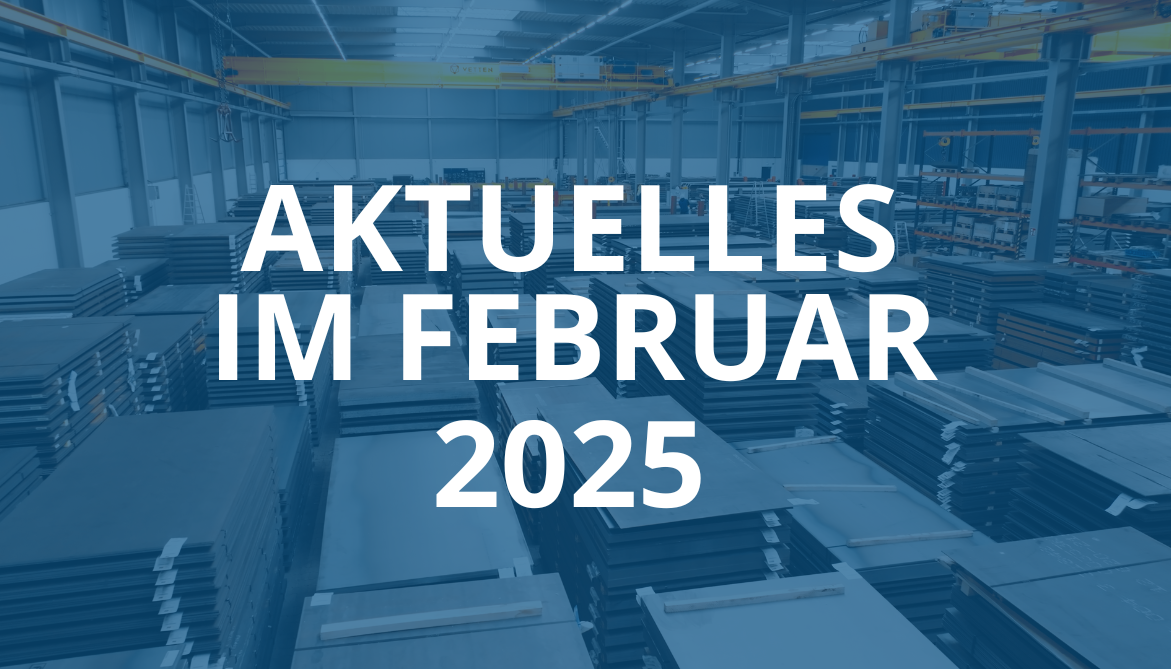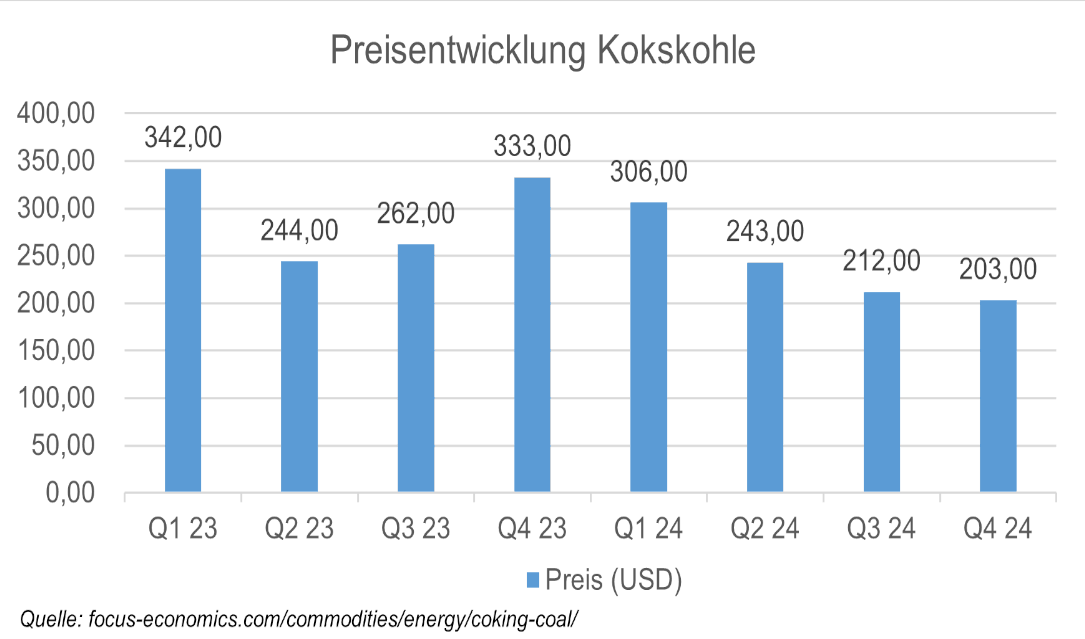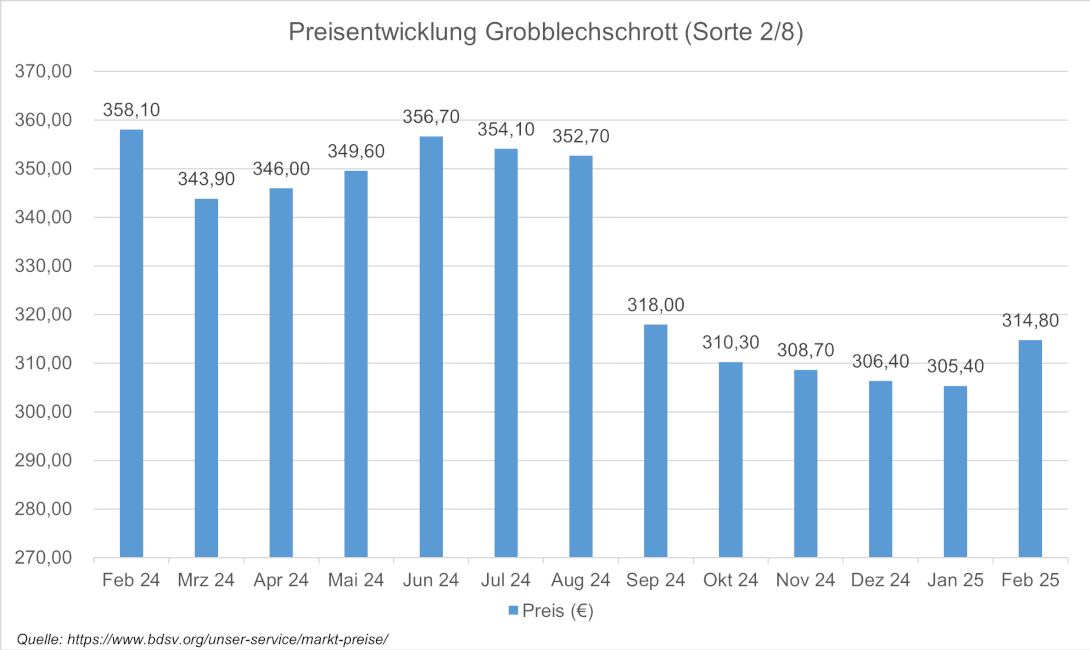- Total steel sales in Dec 2024 drop 0.59% YOY to 462,264 mt
- Total steel stocks in Dec 2024 decline 3.96%YOY to 1.78 million mt
Last month, sales of the flat steel product category nearly halved to 281,045, down 40.23% from November and 3.05% from the same period in 2023, respectively.
Long sales also dropped to 136,204 mt, down from 143,297 mt in December 2023 and compared to 238,850 mt in November 2023, the data showed.
Other products stood at 45,015 mt in December 2024, down 40.9% year over year and 35.39% month over month.
However, this is a downward revision from the previous forecast after 2024 consumption is also expected to have declined deeper than previously thought.
2024 demand is expected to have fallen 2.3% versus 2023, compared to Eurofer’s forecast last October of a 1.8% drop. Demand in 2025 had been forecast then to recover by 3.8%.
In any case, no improvement in apparent steel consumption is expected in the first quarter, and consumption volumes are expected to remain far below pre-pandemic levels.
Q3 2024 consumption is confirmed to have declined 0.9% on-year, while domestic deliveries fell 2.3%. EU steel imports inched up 1% in Q3, maintaining a high, 28% market share. EU exports rose 4%, driven by flat products.
Expectations for the recovery in steel-using sector output in 2025 have also been revised down. This is now expected to grow 0.9% versus the October forecast of 1.6%. Steel-using sector output in 2024 is thought to have declined 3.3% versus the previous forecast for a 2.7% drop, due mainly to expected drops in construction and automotive output.
Economic uncertainty will continue to take its toll in the coming quarters despite monetary easing by the European Central Bank, the effects of which will not be fully visible in the short term, Eurofer notes.
The Steel Weighted Industrial Production (SWIP) index fell for the third consecutive quarter in Q3, by 4.1% on-year.
The outlook remains dominated by “a worsening combination of uncertainties in energy prices, weak manufacturing sectors’ conditions, inflation still above target levels, severe geopolitical tensions and economic challenges, including possible future trade tensions,” Eurofer notes.
Its director general, Axel Eggert, adds: “We can no longer cope with a situation where external factors beyond steelmakers’ control – massive steel dumping, uncompetitive energy and carbon prices, collapsing demand, trade and geopolitical tensions – are structurally undermining our industry. The initiatives the European Commission will put forward in the coming weeks will determine the future of the EU steel industry, its quality jobs and, with it, the future of EU manufacturing, competitiveness and security.”
Source: Adam Smith, Poland, Kallanish Steel(www.kallanish.com)
German translation:
EUROFER: Steel demand forecast to recover by 3.8% in 2025
Apparent steel consumption in the EU is expected to recover by 2.2% year-on-year in 2025, assuming the outlook for the industry improves and global tensions ease, Eurofer said in its latest outlook, seen by Kallanish.
However, this is a downward correction compared to the previous forecast, as consumption in 2024 is also likely to have fallen more sharply than previously assumed.
Demand is expected to fall by 2.3% in 2024 compared to 2023, while Eurofer was still forecasting a decline of 1.8% last October. A recovery in demand of 3.8% was then forecast for 2025.
In any case, visible steel consumption is not expected to improve in the first quarter and consumption volumes are likely to remain well below pre-pandemic levels.
It is confirmed that consumption fell by 0.9% in Q3 2024 compared to the previous year, while domestic deliveries fell by 2.3%. EU steel imports rose slightly by 1% in the 3rd quarter and maintained their high market share of 28%. EU exports rose by 4%, especially for flat products.
Expectations for the recovery in production in the steel processing sector in 2025 have also been revised downwards. Compared to the October forecast of 1.6%, growth of 0.9% is now expected. Production in the steel processing sector is expected to fall by 3.3% in 2024, compared to the previous forecast of a decline of 2.7%, which is mainly due to the expected decline in production in the construction and automotive industries.
Economic uncertainty will continue to take its toll in the coming quarters, despite the easing of monetary policy by the European Central Bank, the full impact of which will not be visible in the short term, Eurofer notes.
The steel-weighted industrial production index (SWIP) fell in the third quarter for the third time in a row, by 4.1% compared to the previous year.
The outlook continues to be characterized by a worsening combination of energy price uncertainties, weak manufacturing conditions, inflation still above target levels, severe geopolitical tensions and economic challenges, including potential future trade tensions,” Eurofer notes.
Its Director General, Axel Eggert, added: “We can no longer cope with a situation where external factors beyond the control of steel producers – massive steel dumping, uncompetitive energy and carbon prices, collapsing demand, trade and geopolitical tensions – are structurally undermining our industry. The initiatives that the European Commission will present in the coming weeks will determine the future of the EU steel industry, its high value jobs and therefore the future of manufacturing, competitiveness and safety in the EU.
Source: Adam Smith, Poland, Kallanish Steel(www.kallanish.com)
English
German







